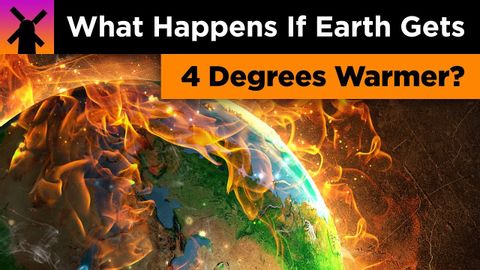地球的地理環境將如何隨著氣候變化而變化 (How Earth’s Geography Will Change With Climate Change)
 沒有此條件下的單字
沒有此條件下的單字US /ɛnˈtaɪr/
・
UK /ɪn'taɪə(r)/
- adj.全體的 ; 完全的;未分割的;全緣的 (植物學)
US /pəˈtɛnʃəl/
・
UK /pəˈtenʃl/
- adj.可能的;潛在的;潛在的
- n. (u.)潛力,潛能
- n. (c./u.)潛力;潛能;潛在候選人;勢
- adj.巨大的;大而重的;大量的;厚重的;大規模的
US /sɪɡˈnɪfɪkənt/
・
UK /sɪgˈnɪfɪkənt/
